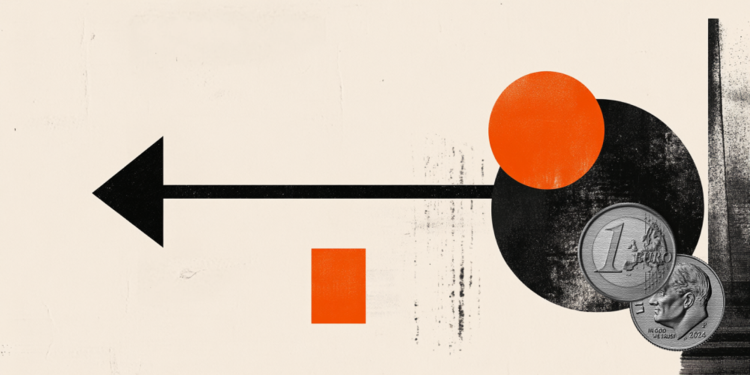- AUD/USD receives support as high inflation data fuels speculation that the RBA could raise rates in August.
- Australian Consumer Inflation Expectations rose to 4.4% in June from 4.1% in May, indicating continued cost pressures.
- US annualized GDP (Q1) is expected to increase 1.4% from previous growth of 1.3%.
AUD/USD remains stable after gaining in the previous session, trading around 0.6650 during Asian hours on Thursday. The Australian Dollar (AUD) is seen supported against the US Dollar (USD) on rising inflation concerns, fueling speculation that the Reserve Bank of Australia (RBA) could raise interest rates again in August.
On Thursday, Australian Consumer Inflation Expectations rose to 4.4% in June from 4.1% in May, indicating continued cost pressures with inflation still above the RBA’s target range of 2%. 3% due to persistently high utility costs.
Australia’s monthly Consumer Price Index (CPI) jumped to 4.0% in the year to May, from a 3.6% rise in April, according to data released by the Australian Bureau of Statistics (ABS) on Wednesday. . This increase exceeded the market forecast, which predicted 3.8% growth for the reporting period.
RBA Deputy Governor Christopher Kent stated on Wednesday that recent data emphasizes the need to remain vigilant against potential increases in inflation. Kent noted that current policies are contributing to slower demand growth and lower inflation. He also mentioned that no options are being excluded regarding future interest rate adjustments, according to Bloomberg.
On the US Dollar (USD) side, traders are anticipating the release of US annualized Gross Domestic Product (Q1) data on Thursday, which is expected to show a slight increase of 1.4% from growth. previous 1.3%. On Friday, core Personal Consumption Expenditure (PCE) Price Index inflation is projected to decline year-on-year to 2.6% from 2.8% previously. Market participants hope that signs of slowing inflation will encourage the Federal Reserve (Fed) to consider rate cuts sooner rather than later.
Inflation FAQs
Inflation measures the rise in prices of a representative basket of goods and services. General inflation is usually expressed as a month-on-month and year-on-year percentage change. Core inflation excludes more volatile items, such as food and fuel, which can fluctuate due to geopolitical and seasonal factors. Core inflation is the figure economists focus on and is the target level of central banks, which are mandated to keep inflation at a manageable level, typically around 2%.
The Consumer Price Index (CPI) measures the variation in prices of a basket of goods and services over a period of time. It is usually expressed as a percentage of inter-monthly and inter-annual variation. Core CPI is the target of central banks as it excludes food and fuel volatility. When the underlying CPI exceeds 2%, interest rates usually rise, and vice versa when it falls below 2%. Since higher interest rates are positive for a currency, higher inflation usually translates into a stronger currency. The opposite occurs when inflation falls.
Although it may seem counterintuitive, high inflation in a country drives up the value of its currency and vice versa in the case of lower inflation. This is because the central bank will typically raise interest rates to combat higher inflation, attracting more global capital inflows from investors looking for a lucrative place to park their money.
Gold was once the go-to asset for investors during times of high inflation because it preserved its value, and while investors often still buy Gold for its safe haven properties during times of extreme market turmoil, this is not the case most of the time. This is because when inflation is high, central banks raise interest rates to combat it. Higher interest rates are negative for Gold because they increase the opportunity cost of holding Gold versus an interest-bearing asset or putting the money in a cash deposit account. Conversely, lower inflation tends to be positive for Gold as it lowers interest rates, making the shiny metal a more viable investment alternative.
Source: Fx Street
I am Joshua Winder, a senior-level journalist and editor at World Stock Market. I specialize in covering news related to the stock market and economic trends. With more than 8 years of experience in this field, I have become an expert in financial reporting.







